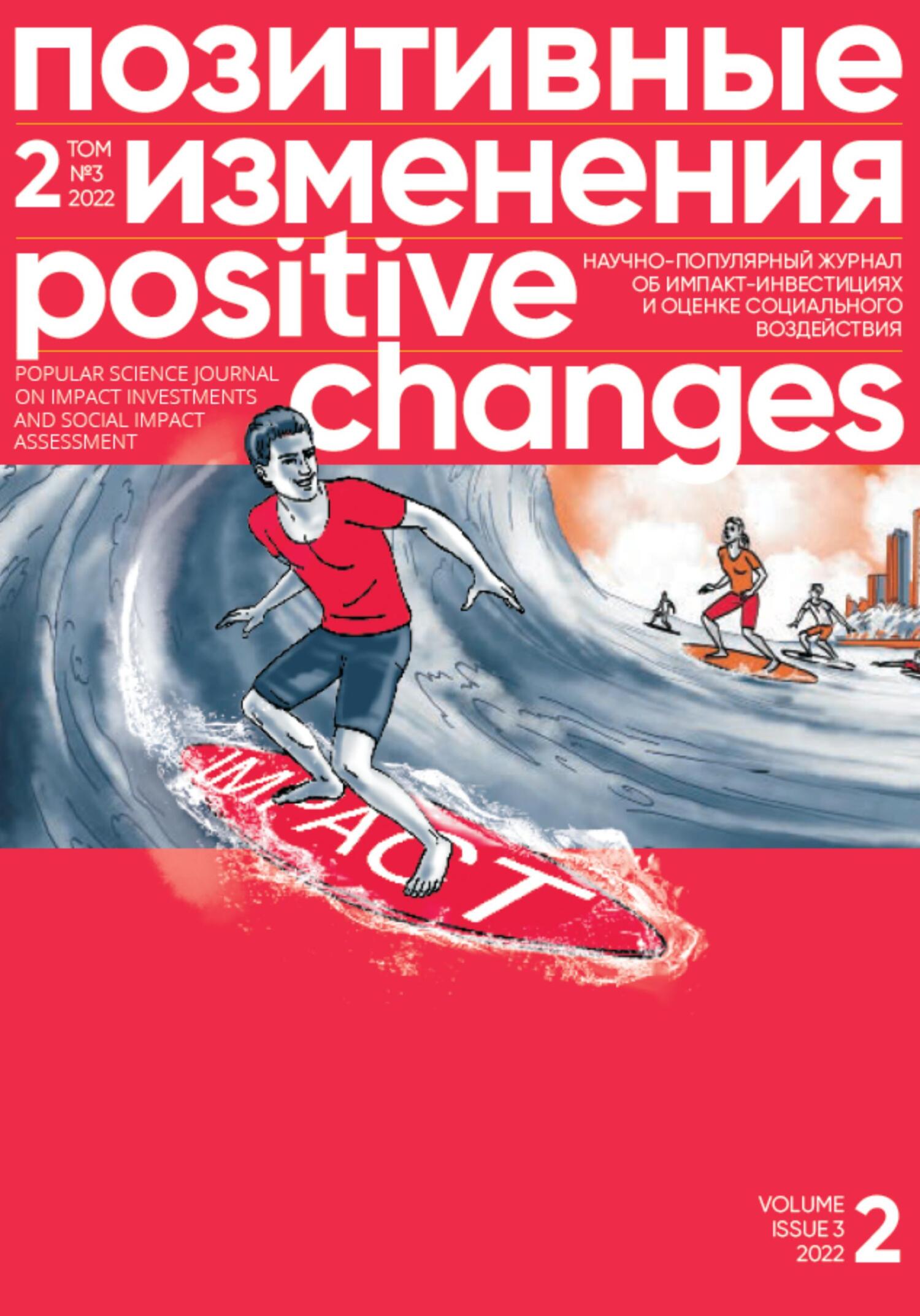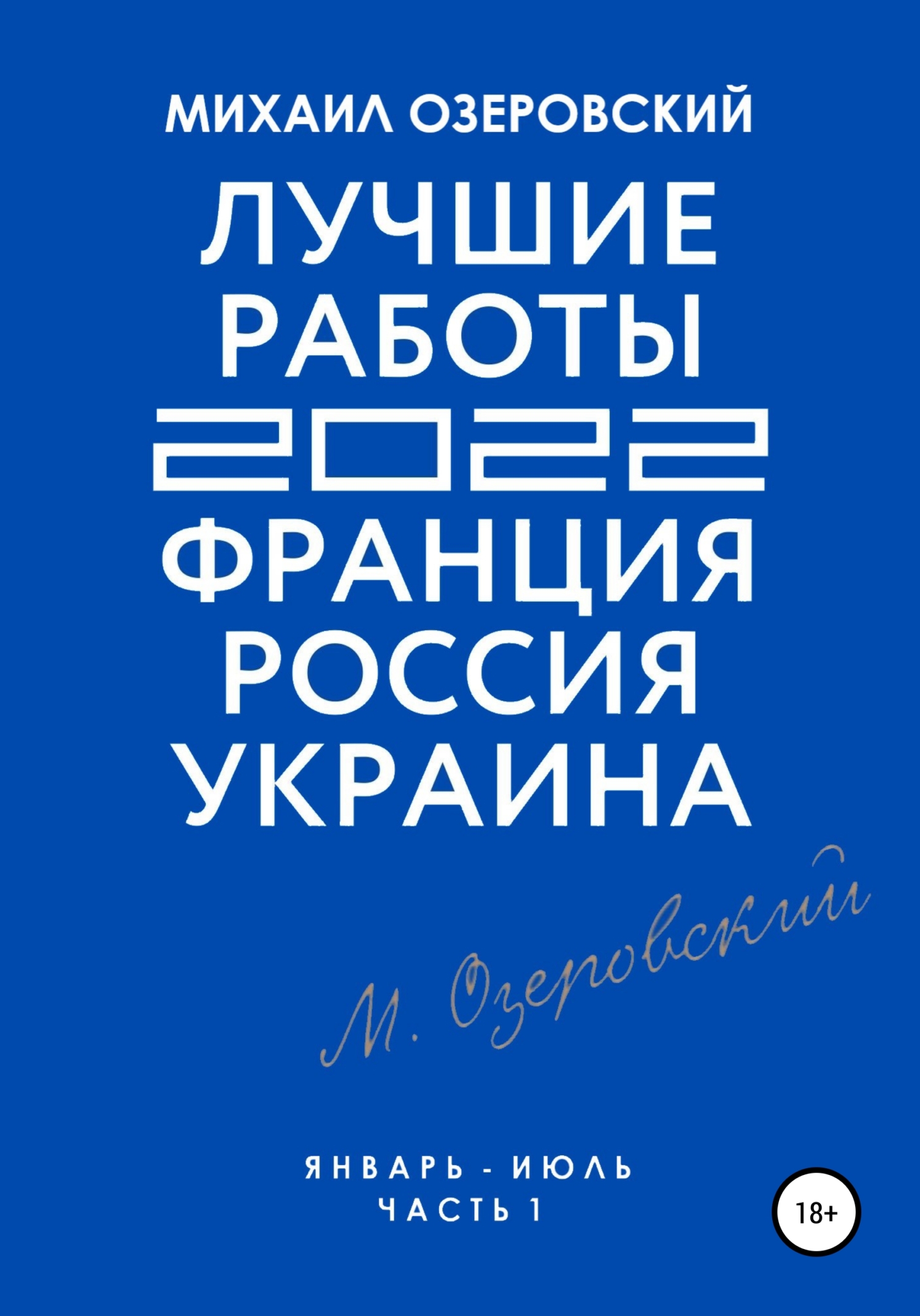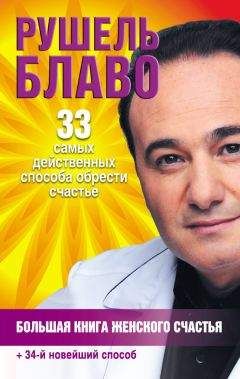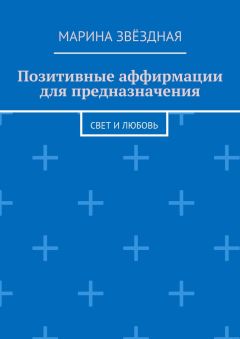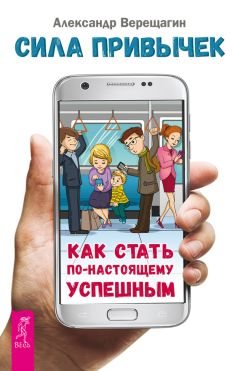на чувствительность к разным показателям — результаты тестирования включены в отчет.
Значение показателя социального возврата на инвестиции в программу «Начни свое дело» во всех случаях является положительным и превышает 1, что свидетельствует об инвестиционной эффективности данной социальной программы. Всего за 5 лет реализации совокупная ценность результатов программы составила свыше 144 000 000 рублей, что соответствует показателю SROI 4:1, что значит, что на каждый вложенный в программу рубль в ней создаются результаты, ценность которых составляет порядка четырех рублей в денежном выражении.
Следует отметить, что показатель тем больше, чем дольше идет программа в городе: растет число социальных предприятий, большинство из них продолжают функционировать по завершении финансовой и менторской поддержки от ОМК, но при этом результаты их работы сохраняют связь с программой.
Программа «Начни свое дело» эффективна с инвестиционной точки зрения: без учета социальных результатов показатель SROI является положительным и составляет не менее 1,6:1 в целом по программе; с учетом социальных результатов показатель SROI по программе составляет не менее 4:1.
Assessment of the Social Return on Investment (SROI), Case: Start Your Own Business Project
Juliya Khodorova
DOI 10.55140/2782-5817-2022-2-3-4-12
The Social Return on Investment (SROI) approach is actively used worldwide for social projects, including social entrepreneurship. Thanks to SROI, donors and investors gain an understanding not only of the economic sustainability of projects, but also of the direct benefit and importance to the people, which is the ultimate goal of the social enterprise business model. In this article, we would like to describe how and why the evaluation was conducted for OMK’s Start Your Own Business project.
Juliya Khodorova
Head of research, Giving Culture Foundation
WHAT IS SOCIAL RETURN ON INVESTMENT (SROI)
Social Return on Investment (SROI) is an approach to analysis of the investment effectiveness of social projects and programs, which measures and accounts for value in a broad sense. It is a refinement of the Cost-Benefit Analysis (CBA) model that allows us to compare the money invested in a project or program with the value of the social, economic and environmental outcomes that the project creates for people [27]. The SROI method is based on certain principles and standards.
Stakeholders (the people whose interests are affected by the project) are at the focus of the SROI analysis, allowing you to measure the changes that really matter to the people and organizations that achieve them and for whom they are achieved. SROI analysis uses monetary units to communicate the value of outcomes to stakeholders, which makes it possible to calculate the Return on Investment metric by comparing the value of all project outcomes to all investments in its implementation.
For example, a ratio of 3:1 means that if we invest 1 ruble in a project or activity, we will receive 3 rubles in the form of value created by that project or activity for the people.
Monetary unit in the Social Return on Investment is a unit of value, rather than cost, of outcomes, the use of which allows us to compare the performance of a project with the resources invested in it and to draw a conclusion about its investment efficiency.
A positive SROI greater than 1, such as 2:1, means that the positive outcomes of the social project are twice the value of the money invested in it. SROI less than one does not necessarily indicate that the project is not effective, perhaps the investment in it has not yet reached the point of return and requires further analysis. Finally, any negative SROI value indicates that the project is ineffective because its negative impact exceeds its positive impact.
There are two types of Social Return on Investment estimates:
• evaluative SROI, when the SROI coefficient is calculated retrospectively based on actual outcomes that have already been achieved;
• forecast SROI, when we try to predict how much social value will be created if our activities achieve the planned outcomes.
SROI is particularly useful in the planning phase. It gives an idea on how to maximize the impact of social investments and determine which metrics will need to be monitored and measured during the course of a project or activity.
The main task of SROI is to provide information enabling investors and social entrepreneurs to make management decisions and manage outcomes. For investors, the analysis provides an opportunity to see different scenarios for the development of the project, to adjust the impact or methods of operation of the project.
The Social Return on Investment approach can be used for large-scale projects as well as for small enterprises, it is versatile and can be adapted to specific tasks and resources. The most costly part of the analysis is the monetization and construction of the SROI model. This is usually the part that investors and donors are interested in. In many cases, it is enough to develop a theory of change, define the stakeholder circle and the outcomes received by the stakeholders. For startups and small businesses, the implementation of the first few steps of this analysis is sufficient. Such an analysis would require little effort and resources, and would be very useful in understanding the impact produced by the entrepreneurs’ activities.
The cost of SROI assessment work depends on the scale of the project, its coverage by stakeholders and by region, on the degree of immersion that the customer requires, and on the need to monetize the project and to calculate the SROI model. As with any research study, most of the resources are required to collect data, to conduct interviews, and to involve the participants themselves. The most time-consuming and costly projects are those related to evaluating infrastructure programs, grant competitions, and long-term comprehensive programs with a broad focus of impact.
Additional costs will be incurred if independent verification of assessment results is required.
The SROI application guide is published on the website of the founding organization of the
